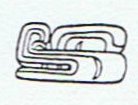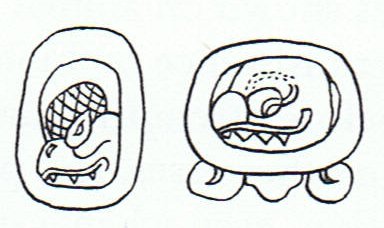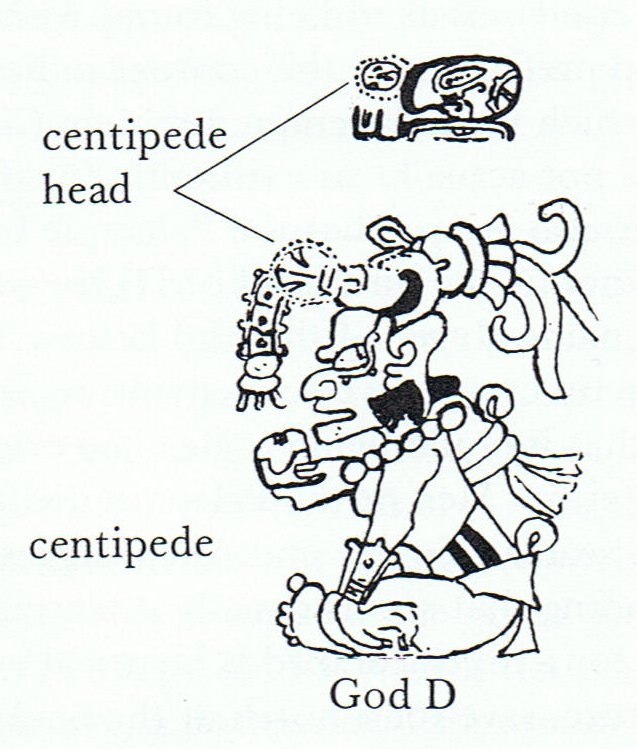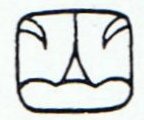|
TRANSLATIONS
There were two turtles, one in Orion and one in Gemini, they said, it is said, I say:
The figure representing Mars is holding up a symbol drawn as double circles, possibly a sun sign. His two phases probably are indicated by the two stars signs, one low and one high, at bottom left. The turtle has 3 such signs, and together they have 5 such 'star' signs. In the cartouches for Saturn and Gemini another type of 'star' sign is used. Generating fire is the common theme, it seems. Saturn may seem strange, but in Saturday the new week must be generated.
If Mars brings fire from the sky down to us on earth, then it is Saturn (Chronos, Time) who takes it away.
Our classical Mars god is the great warrior, not a merchant nor a hunter. In the ancient agricultural world people did not move from their farms, they were self-sufficient. But merchants came with external objects and ideas, such which were extraordinary - i.e. which were not part of the farm culture. Mars, the merchant, could have come with fire once, extremely long ago. People on farms never left their villages, except when there was a war and they had to take part in it. Then they could travel far and wide defending their country.
External contacts are both beneficient and threatening - new ideas are like nails driven into the old tree.
We need to move on to next month, Zotz, but one item is necessary here:
... Antares, the well-nigh universal title for this splendid star ... thought to be from αντί Άρης, 'similar to', or the 'rival of', Mars, in reference to its color ... the astrologers considered the Scorpion the House of that planet and that god its guardian. Thus it naturally followed the character of its constellation, - perhaps originated it, - and was always associated with eminence and activity in mankind ...
Antares is the main star in Scorpius. God M (Ek Chuah), with a tail like that of the black scorpion (ek chuh), was the patron of Uo, the 2nd month. Anciently Antares marked autumn equinox, being opposite to Aldebaran (in Taurus) which was heralding spring equinox. Therefore Antares and Scorpius marked when autumn darkness arrived. Both, though, are great (chac) and red (chac) stars. Maybe the two faces of Uo (black) and Zip (red) represent Antares and Aldebaran.
From this concept the planet Mars could have 'inherited' his two phases, the far away (black) and the close (great, red). Aldebaran heralded spring (north of the equator), while Antares announced the black season. By the principle of self-similarity Mars (the planet) became the bringer of light (like Aldebaran), and in order to fetch it had to move far away (to the 'house' of Antares).
If there is one myth which must have existed in all old cultures it is the story about how fire became part of human heritage. Next to the important moon the firebringer had to come in the calendar for the week - and indeed by self-similarity in also other calendars.
 |
 |
 |
 |
 |
 |
 |
 |
| Aa1-1 |
Aa1-2 |
Aa1-3 |
Aa1-4 |
Aa1-5 |
Aa1-6 |
Aa1-7 |
Aa1-8 |
The ragi glyph type maybe means 'light'? More 'light' cannot be discerned in the 2nd glyph of the pair. And if we consult the parallel glyphs in H/P/Q we can read mixed messages:
 |
 |
 |
 |
 |
 |
| Ha5-27 |
Ha5-28 |
Pa5-9 |
Pa5-10 |
Qa5-17 |
Qa5-18 |
There is only one moon crescent sign in Ha5-28 contra two in Ha5-27. I guess it means diminishing moon light, because of ordinal number 28. In P and Q other signs are used, and the ordinal numbers (10, 18) refer to the sun rather than to the moon. In P and Q the ragi signs in the second of the pair of glyphs seem to be slightly larger than the first, meaning - I guess - advancing sun light. In Pa5-10 and Qa5-18 the right part of the 'sky roof' in ragi is bulging towards right, confirming the subject is sun light rather than moon light.
Now to Zotz:
 |
4 Zotz (Sotz) |
 |
| "Morley's remarkable idea that the patron of Zotz was the bat is an example of how easy it is to see what we expect to see. Since zotz means 'bat', he expected a bat ..." |
 |
|
The general similarity between Zip and Zotz - as regards the examples from monuments - is striking, I think:
 
Where Zip has a waxing moon sign Zotz has another curved sign, looking somewhat like the fire fingers in the rongorongo texts. And a flamelike sign adorns its snout. Zip has half a waning moon inside the eye, while Zotz has half a waxing moon inside the eye. I guess Zotz in some way represents the opposite of Zip. |
|
A bat (zotz) would be a great symbol for Mercury I think, a being never seen in broad nightlight, and never flying straight but always fluttering around as if drunk. Mercury is no great star, rather the opposite. Therefore I think the month name Zotz represents a bat (Mercury) - even if the pictures show some other animal than a bat. Wednesday comes after Tuesday. |
|
Possibly the 6th month Canal in the Kanhobal language refers to a serpent. It would be nice if it did, because the messy path of Mercury is like a snake, for instance as seen in the face of Humbaba (ref. Hamlet's Mill):

Day number 5 is Chicchan = serpent (with glyphs without any similarity to those of Zotz), and "... The highland day name Can means 'snake', and it has been pointed out that the design, while not obviously snakelike in any way, shows a form which is frequently found on the backs of representations of snakes in the codices. The equivalent Yucatec day name should also be Can (which is Yucatec for 'snake'), but it is actually Chicchan, apparently borrowed from some Cholan dialect where proto-Mayan *kan became chan. The Chicchans are known as giant rain serpents among the Chorti ..." The monument glyph exemplifying Zotz has serpent's teeth, I can identify from these two Chicchan day name glyphs:  
|
|
Next step in my free flight of imagination is to adjoin the centipede to the serpent, both having the undulating body form. "It may be pointed out that cognates or ancient homonyms of Yucatec can 'snake' appear with the meanings 'centipede' and 'insect'..." A centipede is a sign of Itzamna, the great sorcerer:

The elements in the head of the centipede sign we otherwise recognize as symbolizing night (or rather darkness) in the Akbal day sign: 
Bats and sorcerers cannot live long in broad daylight. |
|
It becomes quite jumbled - a sign of civilization - when an alphabet is being introduced and added to an earlier complete holistic cosmos, destroying it by stages. I must say I was dismayed when I read the sentence earlier cited: 'Morley's remarkable idea that the patron of Zotz was the bat is an example of how easy it is to see what we expect to see. Since zotz means 'bat', he expected a bat ...' For then follows "... The deity is, however, a fish - probably, as Thompson suggests, the xoc fish."
I cannot see a fish in any of these Zotz glyphs. However, after some time I stumbled on another item: "... the month called Zotz in Yucatec shows a head identifiable as that of a leaf-nosed bat, called zotz in Yucatec. Cognate forms in other languages show that this is an ancient word for 'bat' (Tzeltal sots' 'bat'; Manche Chol zutz' 'bat'; Palencano Chol and Chontal zutz' 'bat'; Huaxtec thut' 'bat'; Quiche zotz' 'bat' - the consonants all correspond regularly, but the vowel shift to -o- in Yucatec, Tzeltal, and Quiche is still unacounted for). The so called xoc fish imagined in the zotz glyph refers only to the one in the monumental form, I must conclude:

It is hardly a fish of any sort. It is a composite beast with traces of serpent ('teeth') and bat ('leaf-nose'). If Kelley named the composite Mars 'lightning' beast (Pop + Zip) a 'sky peccary', he could equally well have named the composite Mercury 'fluttering in the dark' beast (Zotz) a 'sky bat', I think. When illustrating the zotz (bat) Kelley gives the following glyphs: 

Many words (and therefore very many letters) are needed to describe any of these composite 'sky bats'. |
|


















